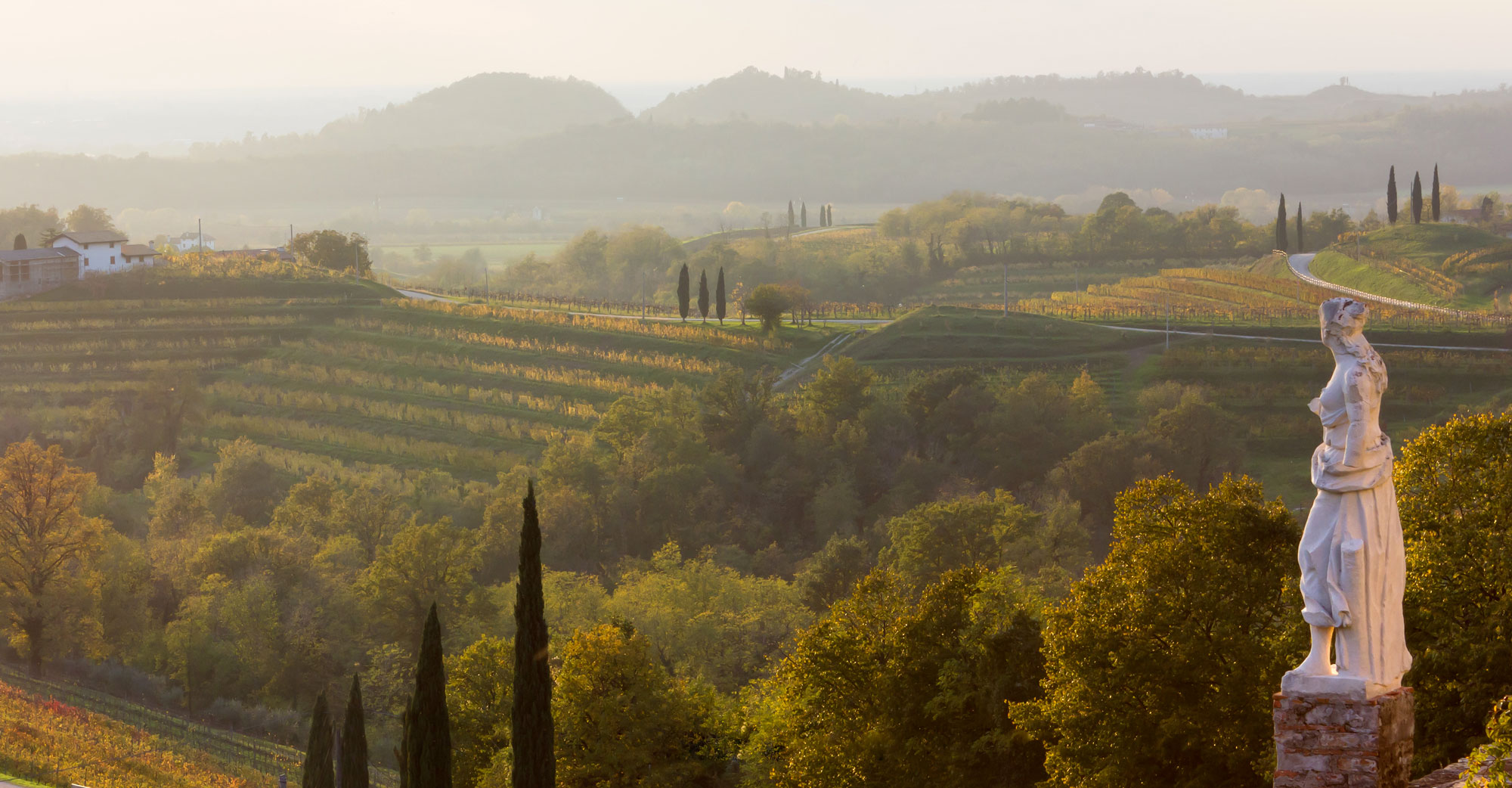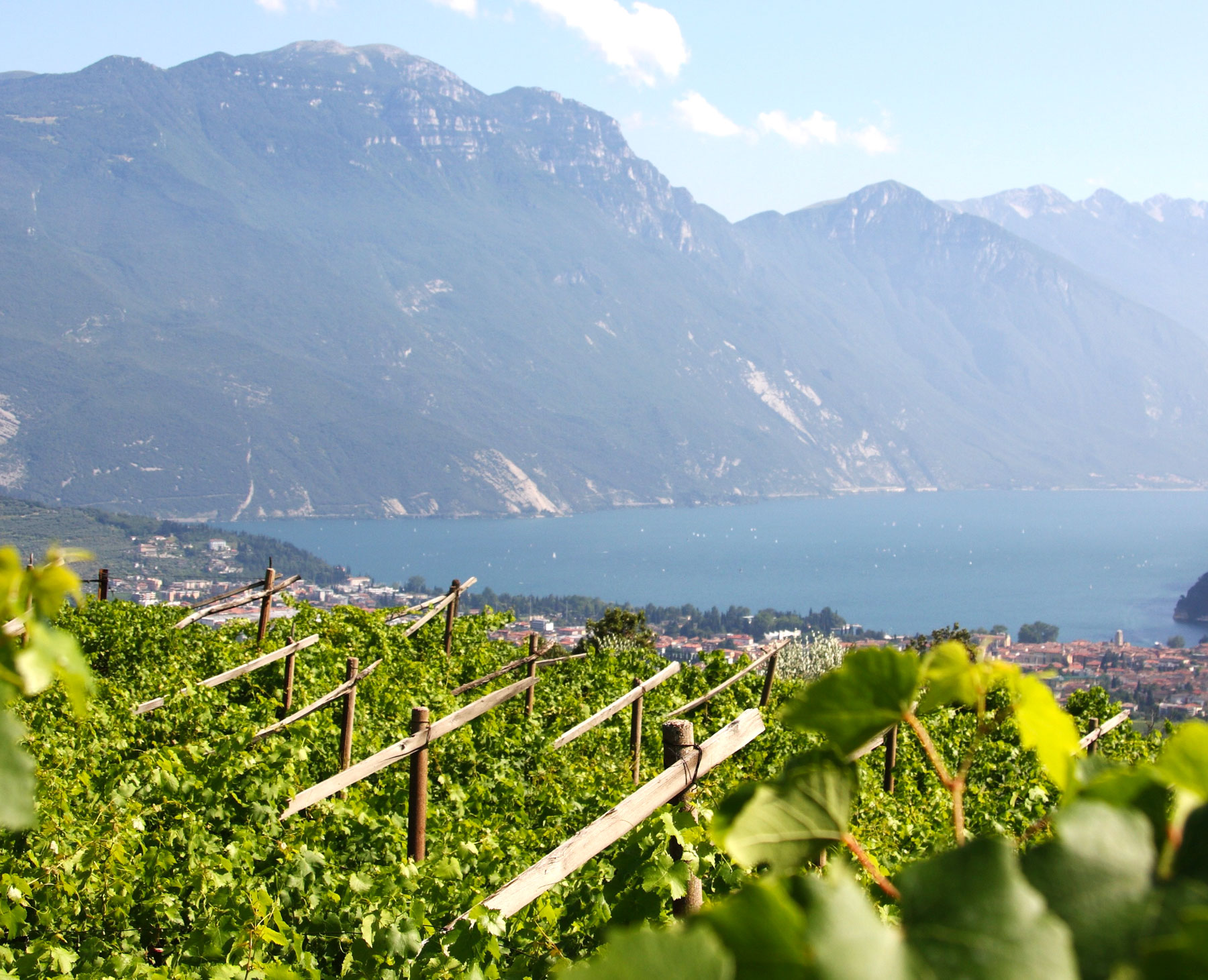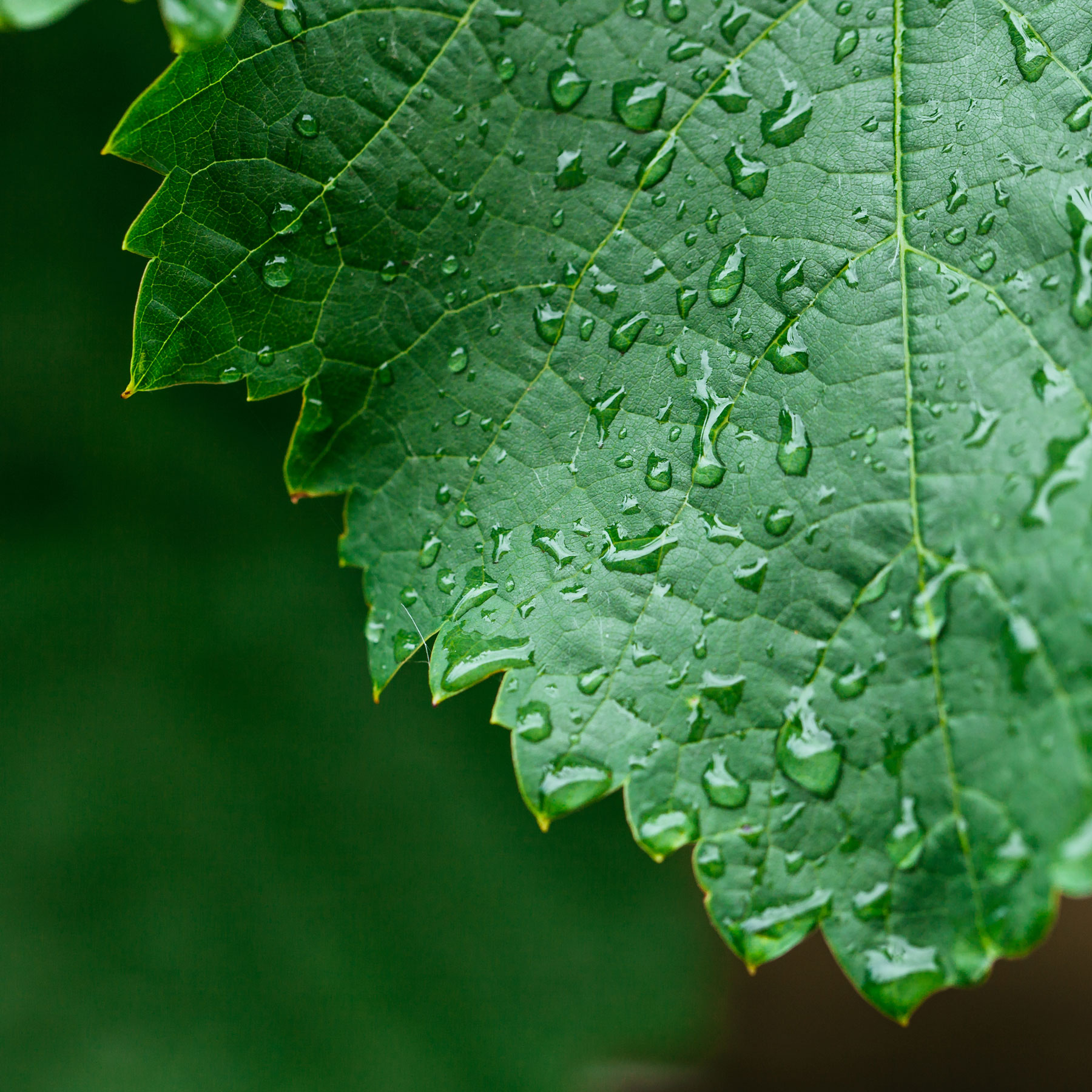delle Venezie macro-area
The appellation of controlled origin “delle Venezie” represents the entire north-eastern area of Italy, including the administrative territories of the Friuli-Venezia Giulia and Veneto regions and of the autonomous province of Trento.
The territory historically presents a unique microclimate that has allowed the production of wines with specific characteristics and a particular specialization in the production of Pinot grigio, thus being able to create a single macro area known as “tre Venezie”, “Triveneto” or “delle Venezie” , based on a criterion of proximity and pedo-climatic affinity. The territory of delle Venezie includes systems of viticultural lands characterized by common elements, first of all the history and geology of the material from which the chemical and physical characteristics of the soil originated.





